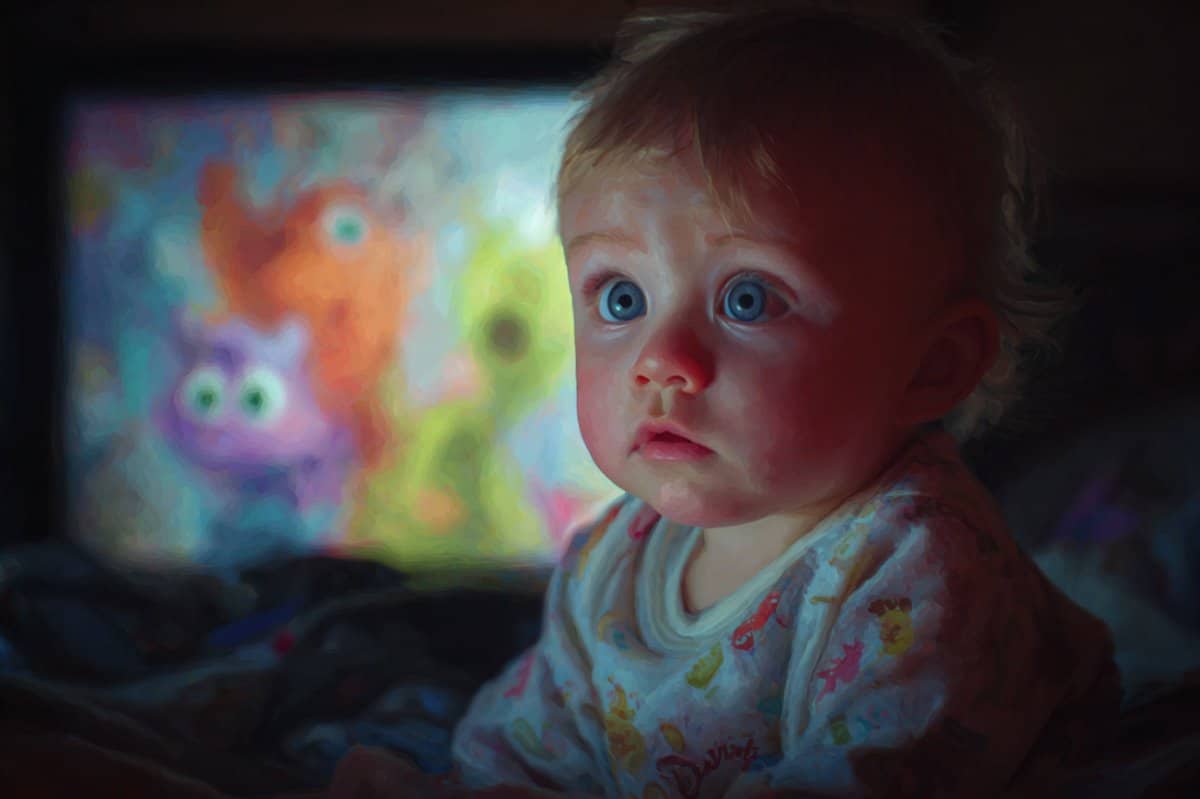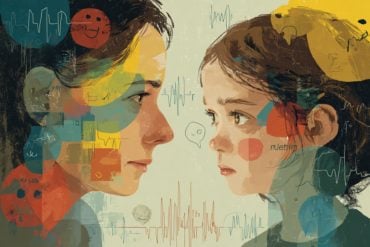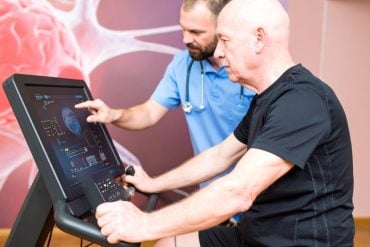Summary: New research reveals that babies as young as eight months can flexibly adapt their learning strategies to changing environments. Using eye-tracking and shifting patterns of visual stimuli, researchers observed that infants adjusted their behavior based on whether the monster on screen appeared in a predictable or unpredictable location.
This suggests that even very young children aren’t just passive learners—they’re capable of updating their expectations and modifying their focus in real time. The study also found links between how babies learn and how they respond to change in daily life, offering early clues to emotional development.
Key Facts:
- Learning Flexibility: Eight-month-old babies can change their learning strategies depending on whether their environment is stable or unpredictable.
- Visual Prediction: Infants anticipated where a visual target would appear, showing active engagement in the learning process.
- Potential Developmental Links: Babies who struggled to adapt in the study also had difficulty with change in daily life, hinting at early markers of emotional challenges.
Source: Radboud University
Babies as young as eight months old can adapt their learning style to changing situations, according to research by Francesco Poli of the Donders Institute at Radboud University. This is the first time that babies have been shown to learn in such a flexible way.
“The conventional wisdom is that eight-month-old babies passively absorb knowledge,” says neuroscientist Francesco Poli. New research now shows that this is not the case.

‘We see that babies are able to adapt their learning strategies to their environment from a very young age.
Monster here, monster there
Poli investigated this by showing babies a screen displaying a colourful monster. Sometimes the monster appeared on one side of the screen, sometimes on the other.
“For example, we sometimes let the monster appear only on the left side for a while and then suddenly on the other side.
“Meanwhile, we used eye tracking [a camera in the screen with harmless infrared light] to monitor where the baby was looking and whether the pupil size changed.”
The most likely location of the monster remained either the same for a long time (stable environment) or changed frequently (changing environment).
At a certain point, the babies had learned where to look: they were already looking at the place where they expected the monster to appear.
“When the environment changed, they adjusted their viewing behaviour accordingly. They learned whether the monster’s location was stable or not and were able to actively adapt their learning strategy. It was surprising to see that babies learn in such a flexible way.”
Daily life
In the study, Poli also asked parents to complete a questionnaire in which they had to indicate how their baby deals with new situations. How does a baby respond to a game of peek-a-boo, for example? And how quickly does a baby go to new toys?
Poli: “We saw that babies who had difficulty adapting their learning strategy, or who adapted too much, also had difficulty with change in everyday life.”
In adults, we know that there is a link between difficulty coping with change and anxiety or depression. It is possible that babies who do not adapt their learning strategies efficiently are more likely to develop symptoms of anxiety and depression later in life.
‘But this is still speculation. To be able to say this with certainty, longitudinal research is needed,’ says Poli.
About this learning and neurodevelopment research news
Author: Thomas Haenen
Source: Radboud University
Contact: Thomas Haenen – Radboud University
Image: The image is credited to Neuroscience News
Original Research: Open access.
“Volatiliy-driven learning in human infants” by Sabine Hunnius et al. Science Advances
Abstract
Volatiliy-driven learning in human infants
Adapting to change is a fundamental feature of human learning, yet its developmental origins remain elusive.
We developed an experimental and computational approach to track infants’ adaptive learning processes via pupil size, an indicator of tonic and phasic noradrenergic activity.
We found that 8-month-old infants’ tonic pupil size mirrored trial-by-trial fluctuations in environmental volatility, while phasic pupil responses revealed that infants used this information to dynamically optimize their learning.
This adaptive strategy resulted in successful task performance, as evidenced by anticipatory looking toward correct target locations.
The ability to estimate volatility varied significantly across infants, and these individual differences were related to infant temperament, indicating early links between cognitive adaptation and emotional responsivity.
These findings demonstrate that infants actively adapt to environmental change, and that early differences in this capacity may have profound implications for long-term cognitive and psychosocial development.






